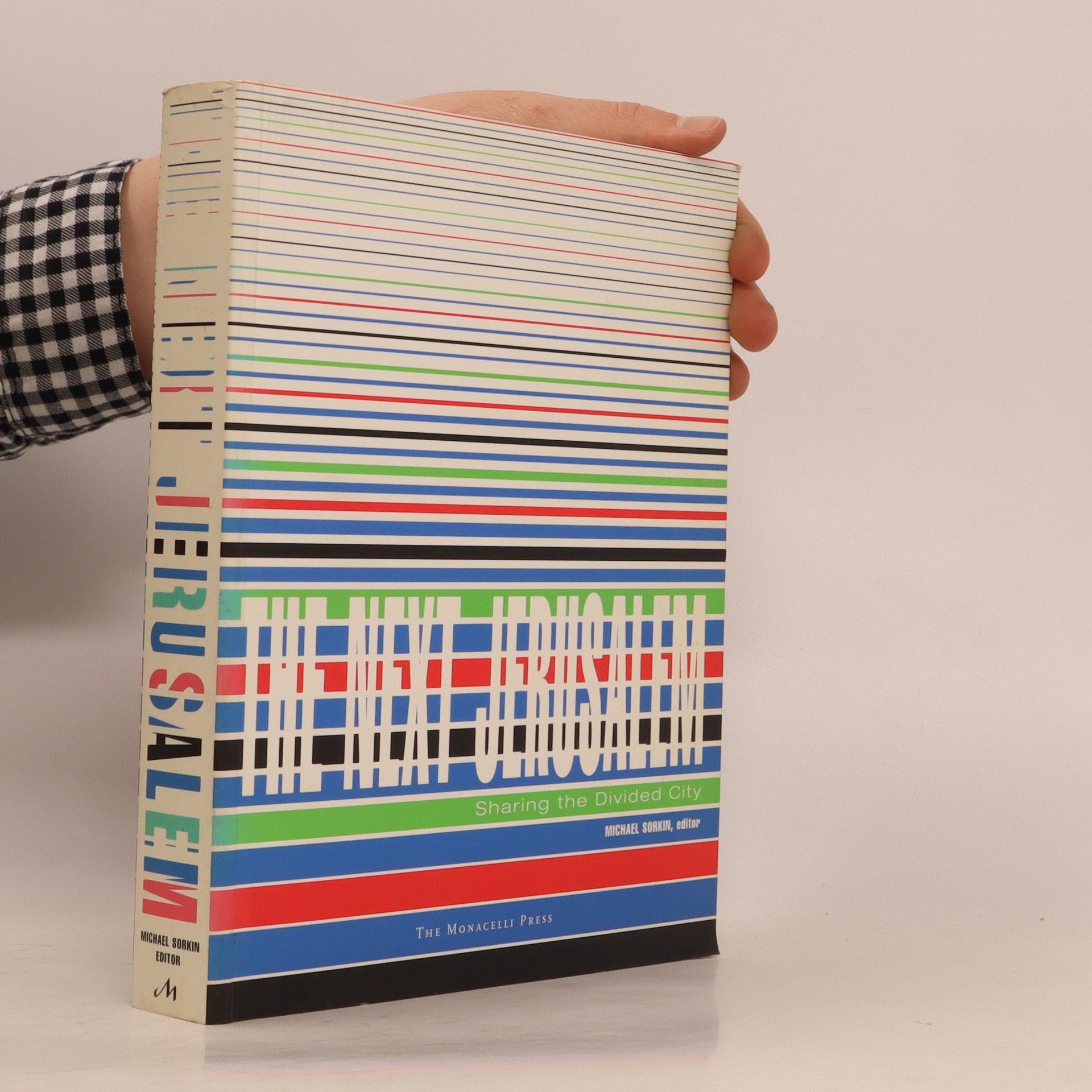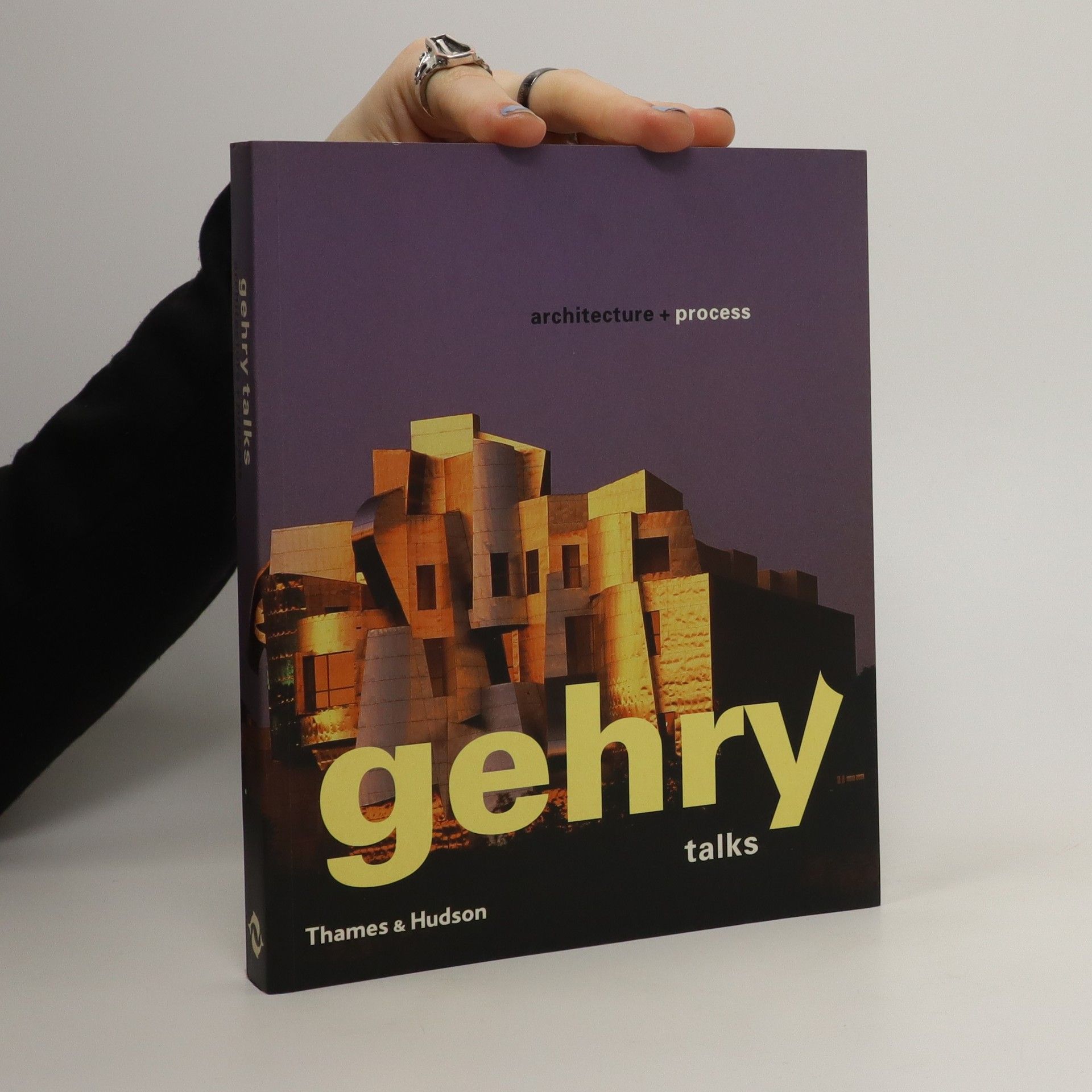Michael Sorkin patří mezi nejpřímočařejší a nejbrilantnější autory píšící o architektuře. Ve svém souboru esejů What Goes Up, česky vydaném pod názvem New York, New York, New York, svižně a s humorem, ale přitom s hlubokým vhledem rozebírá procesy, které z jeho milovaného New Yorku udělaly město nablýskaných, ale vyprázdněných mrakodrapů a rostoucí nerovnosti. Rozkrývá zde podoby a praktiky těchto procesů od územního plánování a politických dohod až po jemné detaily architektonického designu a neváhá si přitom brát na paškál nejen developery, politiky a úředníky, ale i slavné starchitekty, jejichž stavby jsou někdy víc značkou než kvalitou. Není však jen kritikem, oceňuje město, které je budované zdola, v lidském měřítku a sestává z udržitelných, spravedlivých a živých sousedství, čímž navazuje na novinářku a aktivistku Jane Jacobs. Třebaže se Sorkinovy eseje zaměřují převážně na New York a byly napsány v letech 2010 až 2017, jsou přenositelné do dalších velkých měst i současnosti. Problémy, které glosuje, jako třeba gentrifikace, krize bydlení, monetizace veřejného prostoru, bezhlavě uplatňované zahušťování, stavění jen pro investice, urbanismus odvislý od automobilismu a mnohé další, jsou totiž dnes aktuálnější než kdy dříve.
Michael Sorkin Book order
Michael Sorkin devoted his career to urbanism as both an artistic practice and a medium for social amelioration. As a leading architectural critic and author of countless articles, his work focuses on sustainable urban environments and green city architecture. Sorkin's design practice and theoretical work engage with all scales of urban design, advocating for critical debate in contemporary urban planning, development, and design. His field studios in challenging global environments, including projects for disaster-stricken reconstruction, underscore his commitment to improving urban conditions.






- 2025
- 2021
From iconic architect and critic Michael Sorkin comes a joyful celebration of architecture and city-making, told through his famous list, in one beautiful, illustrated book.
- 2018
What Goes Up
- 368 pages
- 13 hours of reading
A radical architect examines the changing fortunes of the contemporary city Michael Sorkin is one of the most forthright and engaging architectural writers in the world. In What Goes Up he takes to task the public officials, developers, “civic” organizations, and other heroes of big money, who have made of Sorkin’s beloved New York a city of glittering towers and increasing inequality. He unpacks not simply the forms and practices—from zoning and political deals to the finer points of architectural design—that shape cities today but also offers spirited advocacy for another kind of city, reimagined from the street up on a human scale, a home to sustainable, just, and fulfilling neighborhoods and public spaces. Informing his writing is a lifetime’s experience as an architect and urbanist. Sorkin writes of the joys and techniques of observing and inhabiting cities and buildings in order to both better understand and to more happily be in them. Sorkin has never been shy about naming names. He has been a scourge of design mediocrity and of the supine compliance of “starchitects,” who readily accede to the demands of greed and privilege. What Goes Up casts the net wide, as he directs his arguments to students, professionals, and urban citizens with vigor, expertise, respect, and barbed wit.
- 2013
Robert Hughes once described Michael Sorkin as “unique in America––brave, principled, highly informed and fiercely funny.” All Over the Map confirms all of these superlatives as Sorkin assaults “the national security city, with its architecture of manufactured fear.”
- 2009
Twenty Minutes in Manhattan
- 272 pages
- 10 hours of reading
Michael Sorkin's daily walk through Manhattan serves as a lens to explore the city's evolution over fifteen years. Through his personal anecdotes, he highlights encounters with local characters, iconic landmarks, and everyday scenes, blending humor with insightful observations. His reflections touch on pressing urban issues, including environmental crises and public space dynamics, offering innovative ideas for reimagining city life. Ultimately, this narrative is a heartfelt tribute to New York, presenting practical solutions applicable to urban areas globally.
- 2005
Against the Wall
- 273 pages
- 10 hours of reading
Called a "security fence" by the Israeli government and the "apartheid wall" by Palestinians, the barrier currently under construction in the West Bank has been the subject of intense controversy since the first olive tree was uprooted in its path. In violation of a ruling by the International Court of Justice and a resolution by the United Nations General Assembly, the structure juts deep inside Palestinian territory, altering not only the geographical landscape, but the political one as well. This groundbreaking book includes a collection of outstanding original pieces, along with photographs and maps, that offer a frank critique of the wall from a range of perspectives―legal, historical, architectural, and philosophical. Renowned writer and architect Michael Sorkin has assembled commentary from various international experts, including both Israeli and Palestinian voices. Together they reinforce a view widely held around the world (though not by the government of the United States): Israel's wall can act only as a barrier to future peace. Contributors include: Suad Amiry, Ariella Azoulay, Terry Boullata, Mike Davis, Sari Hanafi, Stephanie Koury, Dean MacCannell, Ruchama Marton, Adi Ophir, Rebecca Solnit, Anita Vitullo, and Eyal Weizmann.
- 2003
Gehry talks : architecture + process
- 240 pages
- 9 hours of reading
His celebrated Guggenheim Museum in Bilbao has ensured Frank Gehry a place in the pantheon of 20th-century masters. In this volume, Gehry himself offers illuminating commentaries on various aspects of the processes involved indeveloping his revolutionary designs, including his influences, clients, use of materials and new technologies.
- 2002
The Next Jerusalem
- 432 pages
- 16 hours of reading
This important collection brings together noted Israeli, Palestinian, and American architects and urbanists to consider the physical future of Jerusalem and to offer specific proposals for making the city functional, beautiful, and physically generous to its inhabitants' needs. The essays focus on issues of ecology, preservation, neighborhood development, and open space. While the authors take a variety of approaches, all agree on the necessity of sharing the city amicably. Contributors are Ghiora Aharoni, Moustafa Bayoumi, and Jerrilyn D. Dodds; Ariella Azoulay; Rasem Badran; Stella Betts, David Leven, and David Snyder; M. Christine Boyer; Joan Copjec; Keller Easterling; Samira Haj; Rassem Khamaisi; Romi Khosla; Thom Mayne, Rose Mendez, and Caroline Barat; Deborah Natsios and John Young; Moshe Safdie; Mack Scogin; Michael Sorkin and Andrei Vovk; Achva Benzinberg Stein; Amir Sumaka'i Fink; Jafar Tukan; Dag Tvilde and Ali Ziadah; Eyal Weizman; James Wines; Lebbeus Woods; Oren Yiftachel and Haim Yacobi; and Omar Youssef.
